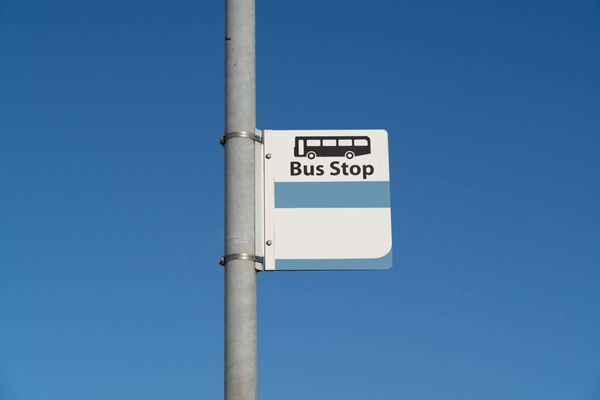
The Home Office should publicly reveal the cost to the taxpayer of providing security to the royal family, a barrister representing the Guardian has told a tribunal.
The news organisation has brought a legal case arguing that disclosure of the figure would enable a more informed public discussion about the costs and benefits of the monarchy.
The cost of the royal family’s security is secret. Estimates range from between several million pounds to as much as £100m, according to the Institute for Government thinktank.
The Guardian has asked for a combined figure for the total cost of security from 2017 to 2020. It has said it does not want any breakdown of what the money is spent on, or which members of the royal family benefit from it.
The Home Office is opposing disclosure of the information, saying that even a combined figure spread over multiple years poses an unacceptable level of risk, and so it is legally entitled to withhold it. Its stance is supported by the information commissioner, who was also represented at the hearing.
On Wednesday and Thursday, Stephen Cragg KC, representing the Guardian, told a freedom of information tribunal that the Home Office had not presented any public evidence that the information would be useful to an attacker.
“The mindset of the Home Office, it seems to us … is not to disclose anything,” Cragg told the tribunal. He argued that the law required the government to explain why it was necessary to withhold the information on national security grounds. “The test must be met, however much the Home Office wishes that were not the case,” he said.
On Wednesday the tribunal heard from Thomas Rutherford, a senior civil servant and head of the royalty, VIP and MP security unit within the Home Office. He said in written evidence that “the requested item of information would be of substantial interest to a would-be attacker gathering information to assist in planning an attack”.
Precisely how an aggregate three-year budget figure might enable someone to mount and successfully carry off an attack has not been revealed in open court. The government was allowed to present part of its case in a closed, or secret, session to which the Guardian’s representatives were not admitted.
The Home Office put forward two arguments in open court. The first was that the figure might contribute to a “mosaic effect” whereby individuals seeking to harm the royal family could piece it together with unknown additional information to draw inferences.
The second was that any disclosure or discussion of the cost of providing security to the monarchy might provide an individual with malign intent with greater confidence to attempt an attack, even if the discussion was uninformed or based on inaccurate information.
Christopher Knight, barrister for the Home Office, said the government was primarily concerned about irrational people and how they might behave.
“A hostile attacker can and will draw inferences from information, including potentially inaccurate information, to give them greater confidence,” he said. “The Home Office is asking the tribunal to consider the risk of disclosure in the real world, and that real world is not nearly as rational as the appellant might be,” he said.
The two judges on the tribunal will consider their decision, which will be published at a later date.







